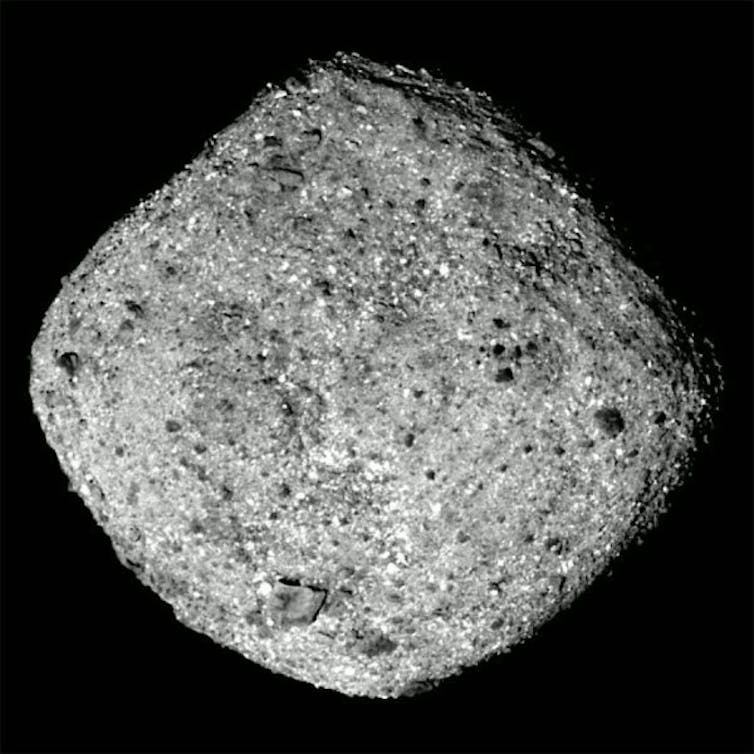The collision between these early masses created hundreds of planetary embryos, some of which were wet and gave rise to water-rich planetary bodies.
However, the vast majority of these planetary embryos were destroyed in massive collisions that created the four rocky planets in our solar system. Some may have been lucky enough to be in places less vulnerable to large impacts, as may be the case with the largest asteroid in the solar system, Ceres. In fact, this large asteroid—today classified as a dwarf planet—contains more water than our planet and It is a future target for an astrobiological mission..
The Bennu samples contain sodium and magnesium phosphate, which came as a surprise to the team because it had not been identified based on remote sensing data collected by OSIRIS-REx. These minerals can be found in Earth’s oceanic crust and are characteristic of ocean worlds. So their presence in the rocks brought back from Bennu suggests that this small asteroid may have broken away from an early ocean world that has long since disappeared.
Asteroid Bennu is a pile of rocks with a major axis of 565 meters, seen here from 80 kilometers away by the OSIRIS-REx mission. NASA/Goddard/University of Arizona, CC BY-SA
In reality, A new study of the orbital dynamics of the asteroid Bennu – and also the asteroid Ryugu – It suggests that both the OSIRIS-REx and Hayabusa 2 missions, respectively, must descend from a large asteroid-related family. 142 PolanaIts diameter is about 55 kilometers.



![[VÍDEO] Elton John’s final show in the UK has the crowd moving](https://www.lodivalleynews.com/wp-content/uploads/2023/06/Elton-John-1-690x600.jpg)


More Stories
What ChatGPT knows about you is scary
The return of NFT? Champions Tactics is released by Ubisoft
What does Meta want from the “blue circle AI” in WhatsApp chats?